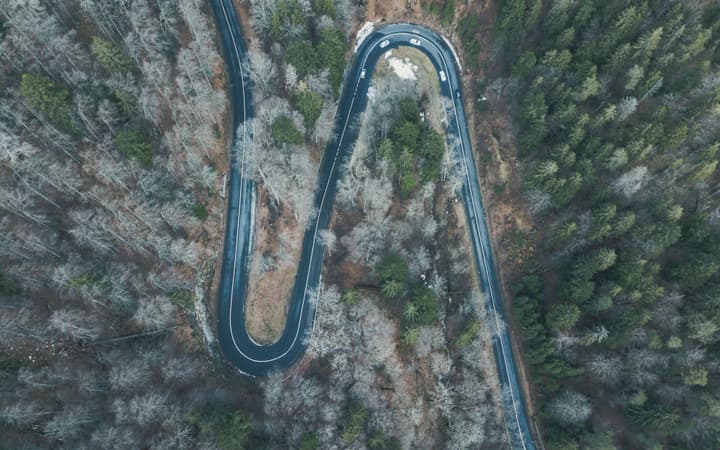How to protect the shape of a car – lessons from Jaguar Land Rover and INEOS
Alan Jones

Following Jaguar Land Rover’s (JLR’s) failed attempts to protect the shape of its Defender 4×4 using trade marks, our expert Alan Jones explains what went wrong and what lessons automotive manufactures should learn to prevent their own designs from being copied.
INEOS takes on Jaguar Land Rover
The High Court dismissed an appeal from JLR after its trade mark applications were refused by the UK Intellectual Property Office (UKIPO). This decision allows INEOS (owned by British billionaire Sir Jim Ratcliffe) to push ahead with the launch of the Grenadier — a 4×4 that borrows heavily from the look of the Defender — and once again highlights the difficulties of protecting 3D shapes with trade marks.
The problem with shape marks
Trade marks provide an indication of the origin of a product. While trade marks commonly consist of a brand name or logo, the shape of a product may also be an indication of its origin — think, for instance, of the classic shape of a Coke bottle. However, shape marks aren’t straightforward to register.
In order to be registerable as a trade mark, the 3D shape of a product must be shown to have inherent or acquired distinctive character. In simple terms, the shape must be highly recognisable, markedly distinct from other products in the sector and provide a clear indication of the origin of the product. The bar is very high — even familiar products such as the Kit Kat bar and London black cab have failed to meet the standard for registrability in the past.
Jaguar Land Rover’s shape marks — a brief background
INEOS previously attempted to acquire the rights and tooling to manufacture the Defender from JLR. When the deal fell through, it announced plans to manufacture its own version, the Grenadier, which it plans to manufacture in South Wales.
In a bid to block INEOS, JLR applied to register the shape of its Land Rover Series 1, Series 2, Defender 90 and 110 Models. Six 3D shape applications were filed at the UKIPO for a range of goods and services including vehicles and parts for vehicles, toy and model vehicles, vehicle maintenance, repair and customisation services (Classes 9, 12, 14, 28 and 37). INEOS opposed these applications and they were subsequently refused by the UKIPO in 2019 on the basis that shape of the Defender wasn’t as widely recognised as JLR contended, and wasn’t different enough from that of other 4×4 models to be registerable as a trade mark.
JLR appealed the decision, but last week the High Court upheld the UKIPO’s finding that, while the shape may seem significant and distinct to auto enthusiasts, it “may be unimportant, or may not even register, with average consumers.”
The focus of the case was whether the design of the Defender had inherent or acquireddistinctiveness. In deciding the ‘distinctiveness’ of the shapes, the Court considered how they were promoted alongside Land Rover and Defender names, and also the fact that other manufacturers had sold similar vehicles in the UK, based on the shape of the Defender, without causing confusion. Despite survey evidence and testimony from industry experts, JLR was unable to demonstrate to the satisfaction of the Court that that the shapes had acquired distinctiveness. The Court was not persuaded that the shape of the Defender served as a badge of origin for JLR and the appeal was refused.
What Jaguar Land Rover SHOULD have done to protect its shape
Automotive manufactures should take note of this decision. Those within the industry, including INEOS, would certainly consider the Defender to have a classic and instantly recognisable design. However, without taking further steps to protect a design, such recognition may not be enough to prevent third parties from using it.
I’ve recently explored in-depth how design registrations may be used by automotive manufactures to protect the shape and configuration of their vehicles, as well as the associated fixtures and fittings. Design registration is the most effective means of protecting a 3D shape — significantly more straightforward than seeking protection through trade marks — and can protect a design for up to 25 years.
Past this point, the JLR case shows that automotive manufactures should be vigilant in how they police the use of their designs by third parties if they’re to stand any chance of extending protection via a trade mark. 3D trade mark protection can be used to protect a shape in perpetuity. However, the length and breadth of trade mark protection is why the UKIPO can be reluctant to grant it. If a manufacturer is seen to acquiesce to the use of its design by competitors, it faces an uphill challenge in persuading a Court that it truly considers its design to function as a trade mark.
For tailored IP advice from an automotive industry expert, get in touch with us.






